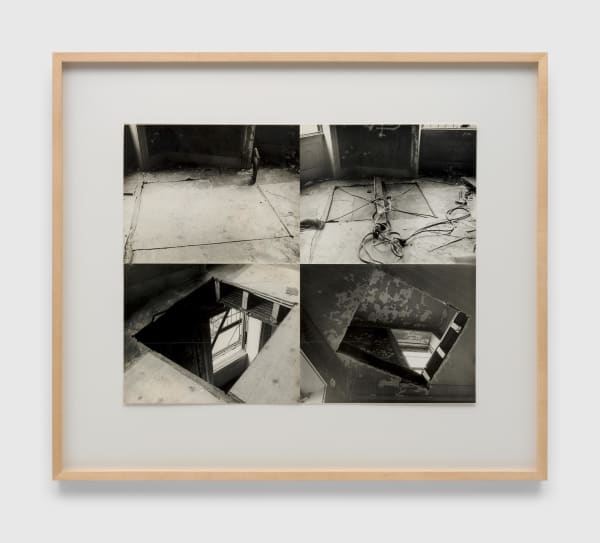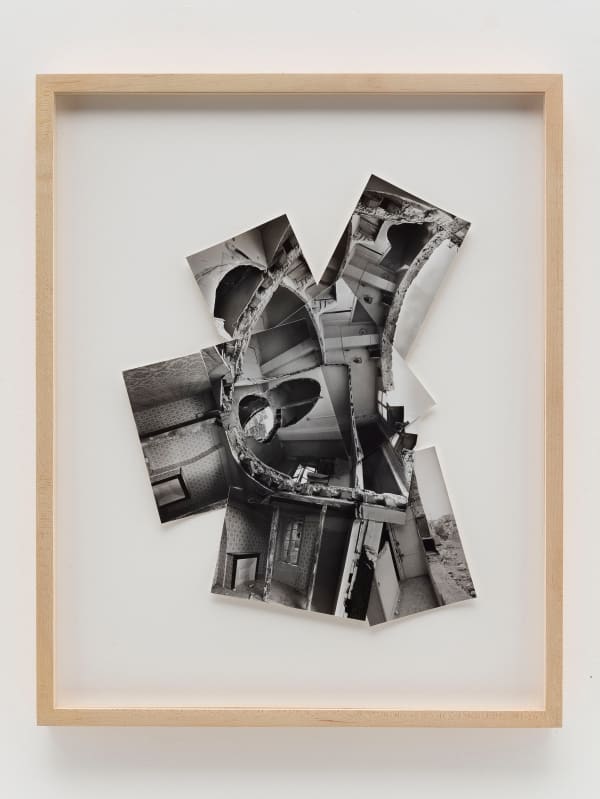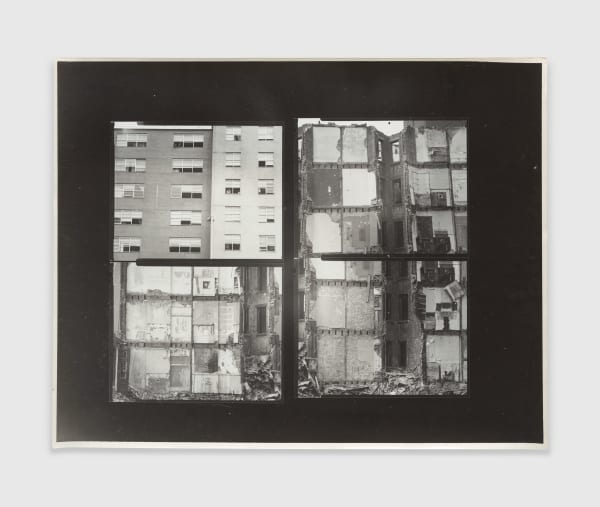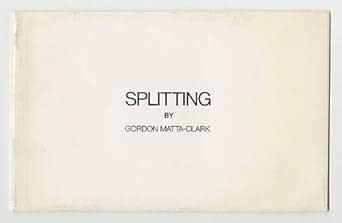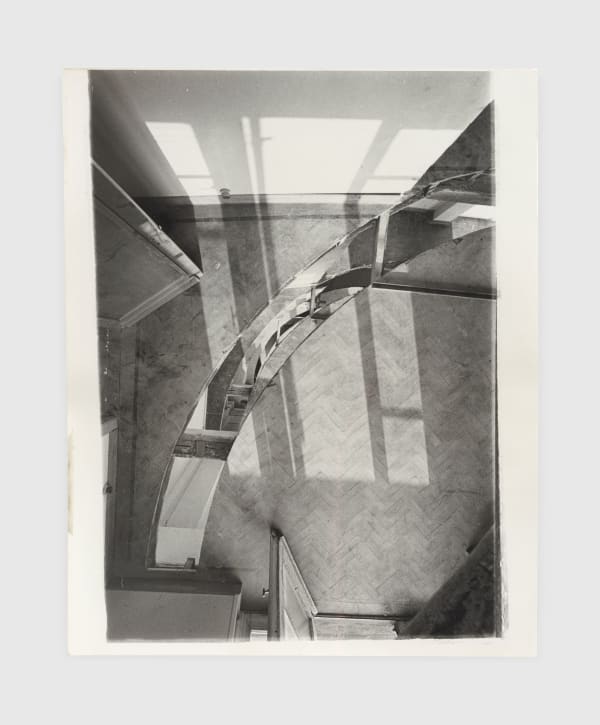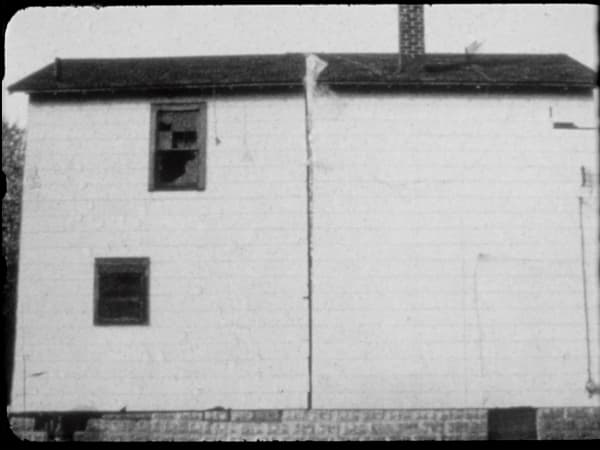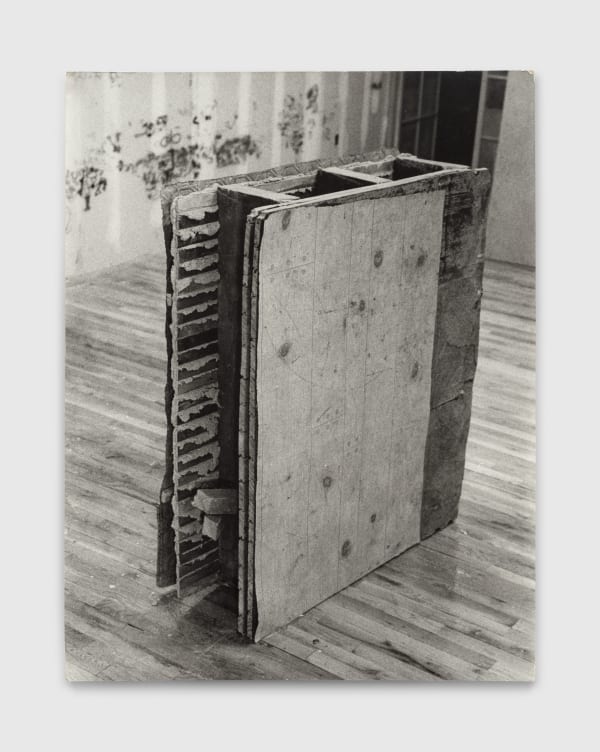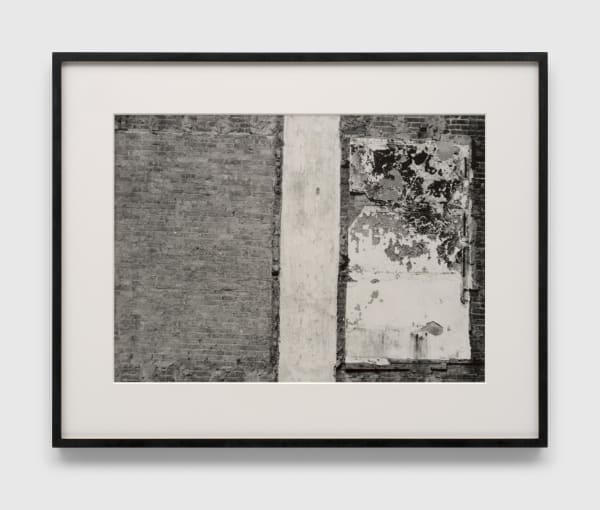“To convert a place into a state of mind”
Gordon Matta-Clark (1943-1978) was a seminal figure in the downtown New York art scene in the 1970s with a storied practice that drew on his architectural education and traversed the genres of performance, conceptual, process, and land art, and laid the groundwork for social sculpture and social praxis as art making practice.
Matta-Clark is best known for his ephemeral interventions in buildings slated for demolition. He physically deconstructed the spaces — cutting homes in half, extracting sections of the floor, and creating building-scale sculptures as he activated abandoned spaces through a unique practice of reduction and negation. In a practice of “anarchitecture” and with an eye toward what he termed “non-uments” he sawed through walls, transmuting vacant homes and warehouses into cathedrals and immersive installations with a poetic and creative relation to degeneration.
Matta-Clark’s work is represented in prominent public collections, including The Metropolitan Museum of Art, New York; Museum of Contemporary Art Chicago; Museum of Contemporary Art, Los Angeles; The Museum of Modern Art, New York; Museum van Hedendaagse Kunst Antwerpen, Antwerp; San Francisco Museum of Modern Art; Smithsonian American Art Museum, Washington, DC; Solomon R. Guggenheim Museum, New York; Stedelijk Museum, Amsterdam; and the Whitney Museum of American Art, New York.
Matta-Clark has been the subject of major retrospectives at the Museum of Contemporary Art, Chicago; The Whitney Museum, New York; Jeu de Paume, Paris and the subject of countless other major exhibitions.
-
 Office Baroque, c. 1977
Office Baroque, c. 1977 -
 Study for Office Baroque, 1st. project, c. 1977
Study for Office Baroque, 1st. project, c. 1977 -
 Office Baroque, 1977
Office Baroque, 1977 -
 Office Baroque, 1977
Office Baroque, 1977 -
 Office Baroque, 1977
Office Baroque, 1977 -
 Office Baroque, 1977
Office Baroque, 1977 -
 Office Baroque, 1977
Office Baroque, 1977 -
 Office Baroque, 1977
Office Baroque, 1977 -
 Office Baroque, 1977
Office Baroque, 1977 -
 Office Baroque, 1977
Office Baroque, 1977 -
 Office Baroque, 1977
Office Baroque, 1977 -
 Office Baroque, 1977
Office Baroque, 1977 -
 Office Baroque, 1977
Office Baroque, 1977 -
 Office Baroque, 1977
Office Baroque, 1977 -
 Poster for Office Baroque, 1977
Poster for Office Baroque, 1977 -
 Study for "Office Baroque," first project, 1977
Study for "Office Baroque," first project, 1977 -
 Study for "Office Baroque," first project, 1977
Study for "Office Baroque," first project, 1977 -
 City Slivers, 1976
City Slivers, 1976 -
 Conical Intersect, 1975
Conical Intersect, 1975 -
 Conical Intersect, 1975
Conical Intersect, 1975 -
 Splitting Book: Number 2 & 3, 1975
Splitting Book: Number 2 & 3, 1975 -
 Bingo , 1974
Bingo , 1974 -
 Bingo , 1974
Bingo , 1974 -
 Bingo, 1974
Bingo, 1974 -
 Bingo, 1974
Bingo, 1974 -
 Bingo (Bingone), 1974
Bingo (Bingone), 1974 -
 Bingo (Gordon Matta-Clark filming Bingo), 1974
Bingo (Gordon Matta-Clark filming Bingo), 1974 -
 Bingo X Ninths, 1974
Bingo X Ninths, 1974 -
 Bingo X Ninths, 1974
Bingo X Ninths, 1974 -
 Splitting, 1974
Splitting, 1974 -
 Splitting, 1974
Splitting, 1974 -
 Splitting, 1974
Splitting, 1974 -
 Splitting, 1974
Splitting, 1974 -
 Splitting, 1974
Splitting, 1974 -
 Splitting BOOK (1/2), 1974
Splitting BOOK (1/2), 1974 -
 Splitting BOOK (2/2), 1974
Splitting BOOK (2/2), 1974 -
 Splitting Book, Uncut book pages, 1974
Splitting Book, Uncut book pages, 1974 -
 Splitting Book: Number 23, 1974
Splitting Book: Number 23, 1974 -
 Splitting Book: Number 29, 31, 1974
Splitting Book: Number 29, 31, 1974 -
 Splitting Interior, 1974
Splitting Interior, 1974 -
 Bronx Floor: Boston Road, 1973
Bronx Floor: Boston Road, 1973 -
 Bronx Floor: Floor Hole, 1973
Bronx Floor: Floor Hole, 1973 -
 Bronx Floor: Floor Hole, 1973
Bronx Floor: Floor Hole, 1973 -
 Wallspaper BOOK (1/2), 1973
Wallspaper BOOK (1/2), 1973 -
 Wallspaper BOOK (2/2), 1973
Wallspaper BOOK (2/2), 1973 -
 Bronx Floors (Object), 1972
Bronx Floors (Object), 1972 -
 Bronx Floors (Object), 1972
Bronx Floors (Object), 1972 -
 Invitation to 112 Greene Street Exhibition, 1972
Invitation to 112 Greene Street Exhibition, 1972 -
 Walls, 1972
Walls, 1972 -
 Walls, 1972
Walls, 1972 -
 Walls, 1972
Walls, 1972 -
 Walls, 1972
Walls, 1972 -
 Walls, 1972
Walls, 1972 -
 Walls, 1972
Walls, 1972 -
 Walls, 1972
Walls, 1972 -
 Walls, 1972
Walls, 1972 -
 Walls, 1972
Walls, 1972 -
 Walls (Wallspaper Book Cover Test Print), 1972
Walls (Wallspaper Book Cover Test Print), 1972
-
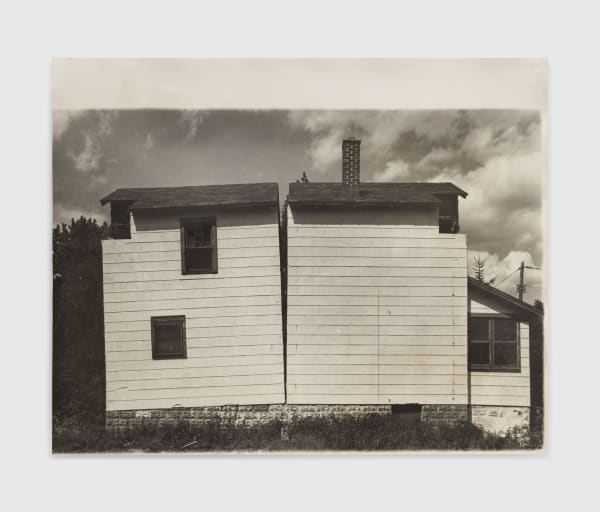
GORDON MATTA-CLARK | STEIDZ
PRESS 12 November 2024In Steidz , Thibault Bissier writes on the exhibition Gordon Matta-Clark. Take an empty house. Cut it in half lengthways. Trim the base so that...Read more -
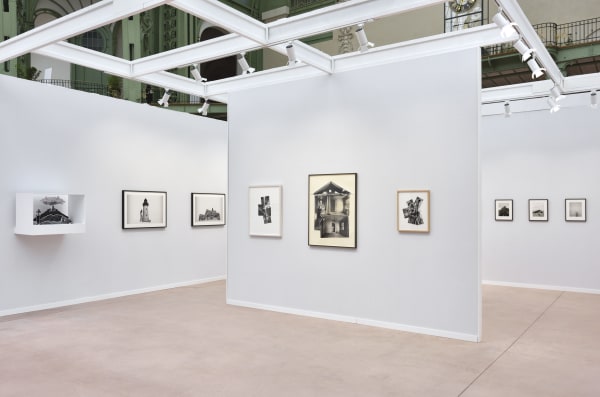
PARIS PHOTO | LE FIGARO
PRESS 9 November 2024In Le Figaro, Valérie Duponchelle and Béatrice de Rochebouët write on the gallery's presence at Paris Photo, including the works of Lebohang Kganye and Gordon...Read more -

PARIS PHOTO | LE NOUVEL OBS
PRESS 9 November 2024In Le Nouvel Obs , Julien Bordier highlights Gordon Matta-Clark as one of his top ten picks at Paris Photo. The Brussels-based gallery's stand devotes...Read more -

PARIS PHOTO | BOOTH B29
GROUP EXHIBITION 7 - 10 November 2024At Paris Photo, in Booth B29, the gallery presents a group exhibition featuring artists working with expanded photography: Gordon Matta-Clark, Carmen Winant, Lebohang Kganye, Lita...Read more -
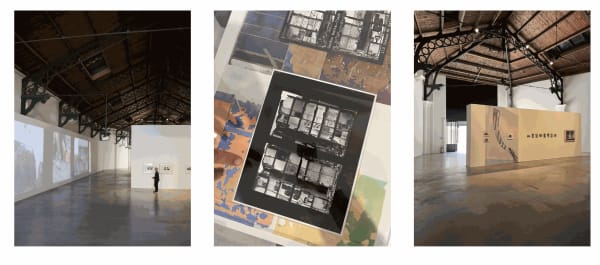
GORDON MATTA-CLARK | VOYAGE VOYAGE
PRESS 21 October 2024Voyage Voyage Magazine highlights Gordan Matta-Clark in an article on the Brussels art scene. Today, La Patinoire Royale Bach launches its tenth season with a...Read more -

GORDON MATTA-CLARK | LA LIBRE
PRESS 7 October 2024In La Libre , Jean-Marc Bodson writes on the exhibition Gordon Matta-Clark . Valérie Bach, director of the Patinoire Royale, pointed out that there are...Read more -

GORDON MATTA-CLARK | THE ART NEWSPAPER
PRESS 3 October 2024In The Art Newspaper, Bernard Marcelis writes on the exhibition Gordon Matta-Clark . It was his training as an architect that led the American artist...Read more -
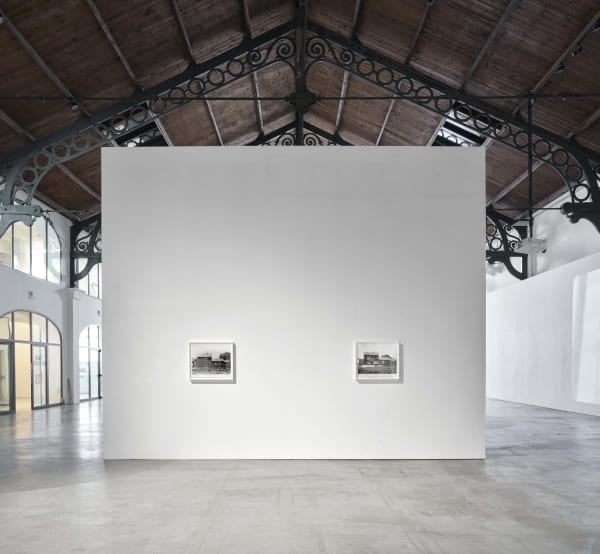
GORDON MATTA-CLARK | ARTIBUNE
PRESS 1 October 2024In Artribune, Claudia Giraud writes on Gordon Matta-Clark. Since 2015, La Patinoire Royale Bach in Brussels has presented a selection of historical and contemporary Belgian...Read more -

GORDON MATTA-CLARK | L'ECHO
PRESS 27 September 2024In L'Echo, Johan-Frédérik Hel Guedj writes on the exhibition Gordon Matta-Clark. The Patinoire royale celebrates its tenth anniversary with the American Gordon Matta-Clark (1943-1978), for...Read more



